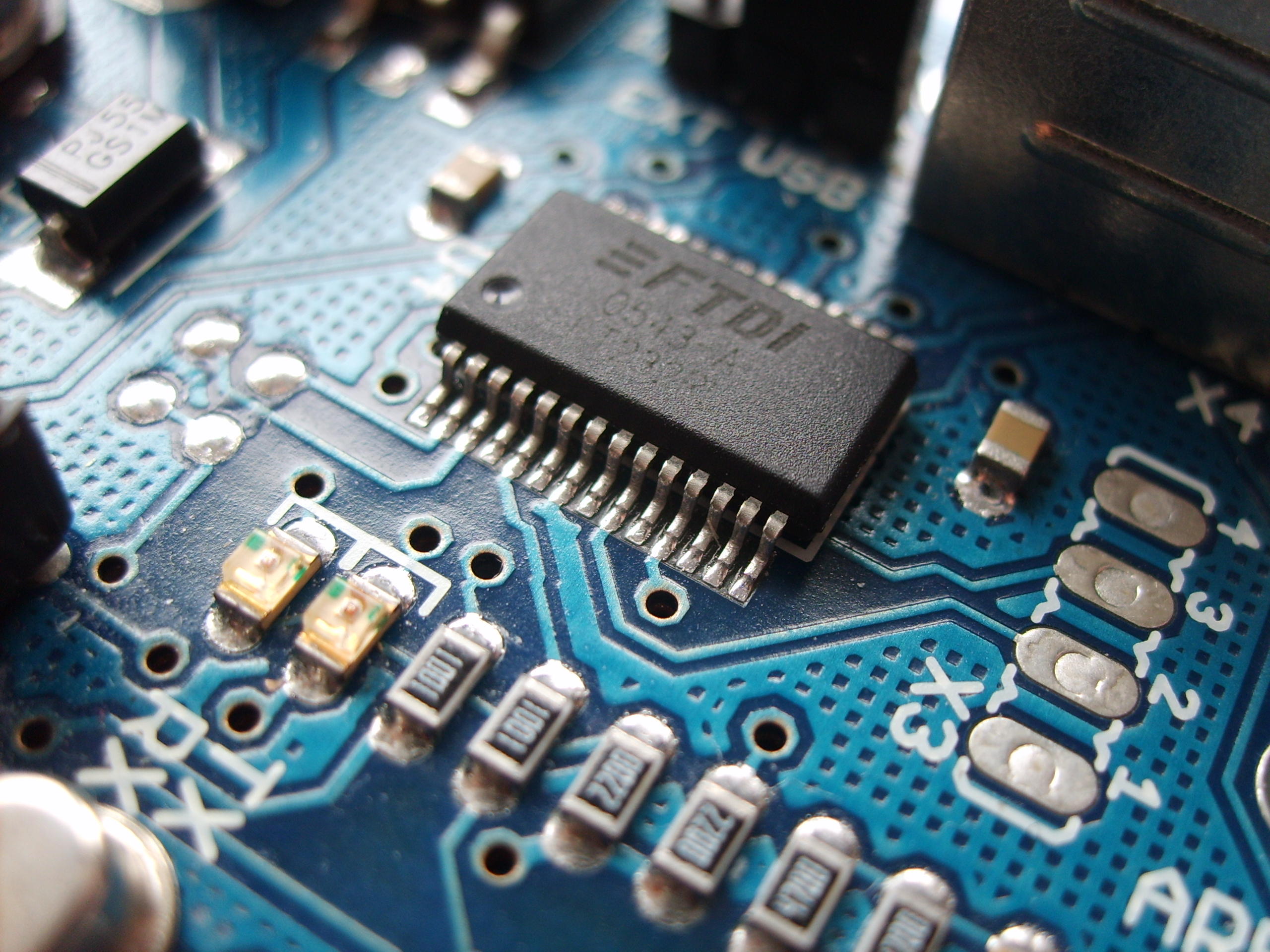Introduction:
Electronic systems are ubiquitous in our modern world, powering everything from our smartphones to complex industrial machinery.
But behind the sleek exterior of any electronic device lies a complex hierarchy of components. Additionally, subsystems that work together seamlessly to deliver functionality.
In this blog post, we’ll explore the four primary levels of an electronic system, from the fundamental building blocks to the finished product.

Image Credits: Understanding Semiconductors by Corey Richard
Follow us on Linkedin for everything around Semiconductors & AI
Transistor Level:
At the lowest level of an electronic system lies the transistor. Transistors are the basic building blocks of digital circuits.It is acting as switches that can be turned on or off to represent binary values (0s and 1s).
These tiny semiconductor devices are responsible for performing logic operations and controlling the flow of electrical signals within a circuit.
Transistors are typically fabricated on silicon wafers using advanced manufacturing processes, with millions of them packed into a single integrated circuit (IC) chip.
Read More:Read More: $6.4 Billion Chips Act Grant for Samsung: $40 Billion Investment to Create 21,500 Jobs – techovedas
Die Level:
The next level up from individual transistors is the die level. A die is a small, rectangular piece of silicon that contains multiple interconnected transistors and other electronic components.
Additionally, it serves as the foundation for an integrated circuit, housing all the necessary circuitry to perform specific functions.
During the manufacturing process, multiple dies are usually fabricated on a single silicon wafer, which is later sliced into individual dies.
Moreover, each die is then packaged to protect it from environmental factors and facilitate its integration into electronic systems.
Read More: $44 Billion : Why Is Samsung Increasing Semiconductor Investment in US?
Packaging Level:
Once the dies have been fabricated, they are assembled into packages to form complete integrated circuit components.
Moreover, Packaging serves several crucial functions, including providing mechanical support, thermal management, and electrical connectivity.
There are various types of packages, ranging from simple plastic or ceramic packages for low-cost consumer electronics to more complex and robust packages for high-performance applications.
The packaging process involves mounting the die onto a substrate, connecting it to external leads or pads, and encapsulating it with a protective material.
Read More: Samsung Steals $752 Million AI Chip Deal with Mach-1 from Nvidia
Board Level:
At the board level, technicians mount multiple integrated circuit components, along with other passive and active electronic elements, onto a printed circuit board (PCB).
The PCB acts as a platform for interconnecting the various components, providing electrical pathways for signal transmission and power distribution.
Automated assembly techniques solder components onto the PCB. The board also undergoes etching to create multiple layers of conductive traces, forming complex interconnections.
The board may also contain additional features such as connectors, switches, and indicators to interface with other system components or the user.
Read More: Elon Musk’s Grok-1.5 Beats OpenAI’s GPT-4V – techovedas
End Product:
Finally, at the top level of an electronic system, all the individual components and subsystems are integrated into a finished product.
This could be anything from a smartphone or laptop to a medical device or automotive control system.
The end product undergoes rigorous testing and validation to ensure that it meets the required performance specifications and regulatory standards.
It may also undergo design iterations and refinements based on feedback from users and stakeholders.
Read More: Samsung Steals $752 Million AI Chip Deal with Mach-1 from Nvidia
Conclusion:
Understanding the different levels of an electronic system is essential for engineers. Designers involved in the development of electronic devices and systems.
From the microscopic world of transistors to the macroscopic realm of end products. Each level plays a crucial role in shaping the functionality, performance, and reliability of the final product.
By appreciating the complexities and interdependencies within this hierarchy, we can better appreciate the marvels of modern technology that surround us every day. Furthermore, recognizing these levels fosters a holistic understanding, enabling innovation and problem-solving across the entire spectrum of electronic design.




